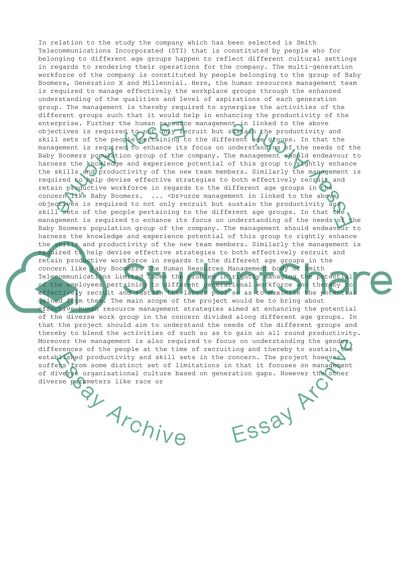Cite this document
(“Recommendations as to the effective use of the millennial generation Research Paper”, n.d.)
Retrieved from https://studentshare.org/business/1396740-human-resources
Retrieved from https://studentshare.org/business/1396740-human-resources
(Recommendations As to the Effective Use of the Millennial Generation Research Paper)
https://studentshare.org/business/1396740-human-resources.
https://studentshare.org/business/1396740-human-resources.
“Recommendations As to the Effective Use of the Millennial Generation Research Paper”, n.d. https://studentshare.org/business/1396740-human-resources.


